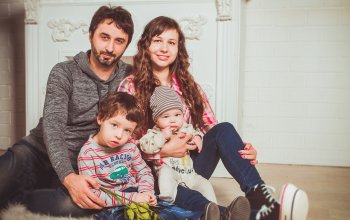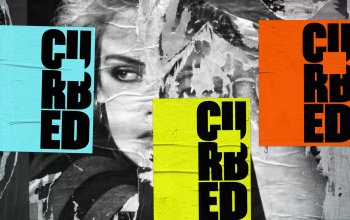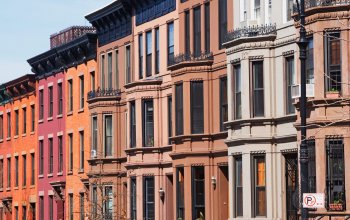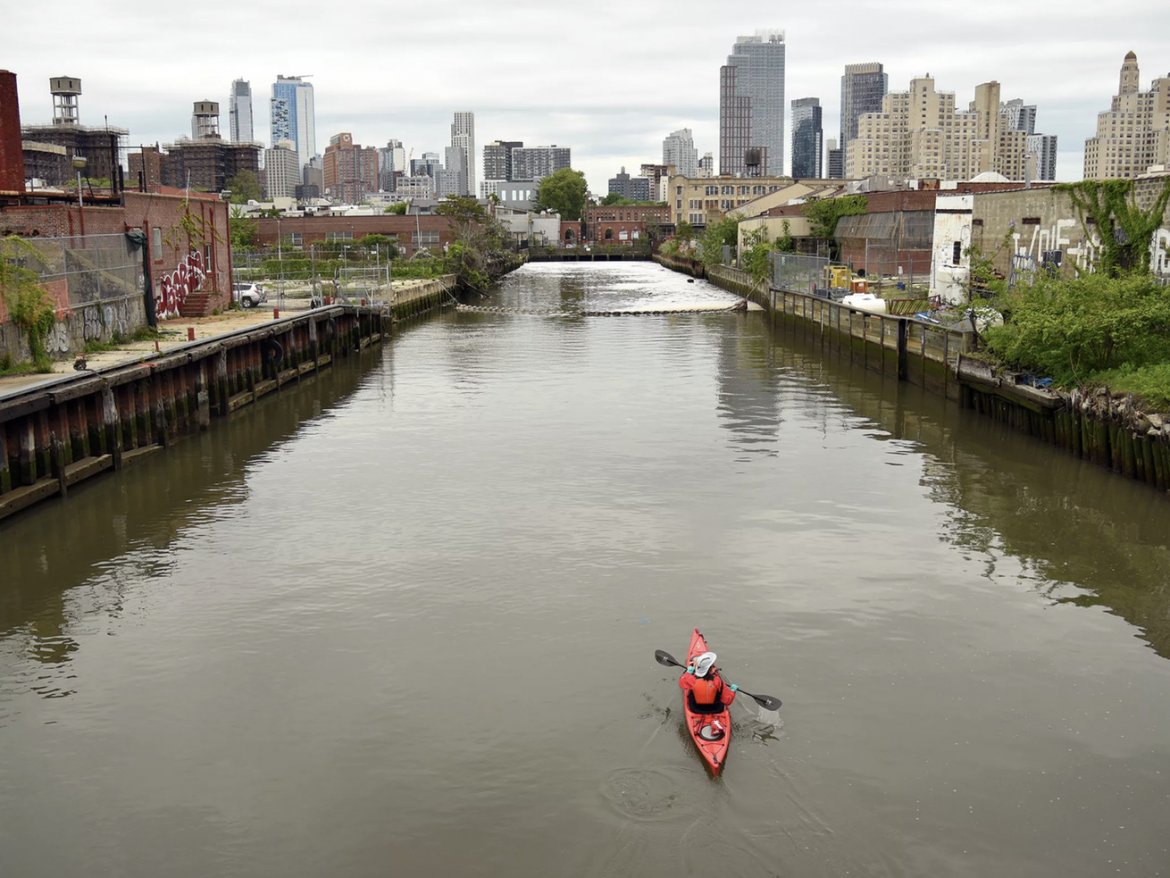
As Rezoning Process Relaunches, New York Seeks to “Dismantle” Inequity
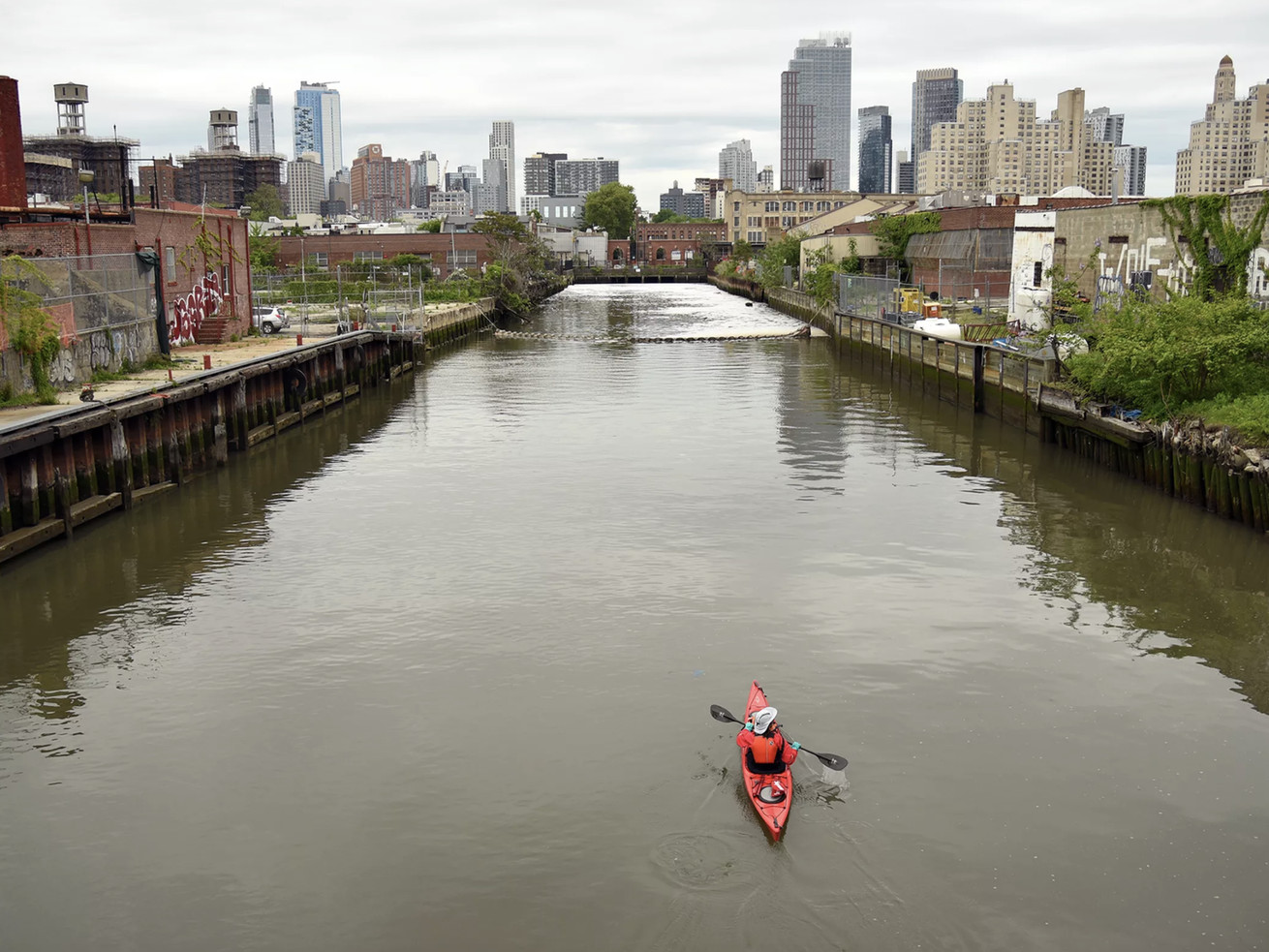
 The Gowanus Canal | Nathan Kensinger
The Gowanus Canal | Nathan Kensinger
That approach would prioritize ULURP projects in areas hardest hit by COVID-19.
Under a city-proposed rezoning, residential towers would dot the banks of the Gowanus Canal and transform a swath of the low-rise Brooklyn neighborhood into a hotbed of new development. That effort will almost certainly be the last major rezoning of the de Blasio administration, but it would be the first to reshape a middle-income, majority-white neighborhood with new density.
Projects like the Gowanus rezoning — which would bring a boom of new housing and green infrastructure to the neighborhood — would address a mix of issues, including equity and resiliency, that the city says it will prioritize when the six-month land use review process relaunches online in August. Neighborhood investments will ideally be focused on areas hardest hit by COVID-19, with the aim to “help to dismantle long-standing racial inequities,” according to the Department of City Planning (DCP).
With this in mind, it may seem somewhat counterintuitive to prioritize a rezoning in Gowanus which, compared to other neighborhoods in the city, has not been disproportionately impacted by the pandemic. But the city expects the 80-block neighborhood plan to create 8,200 new apartments by 2035, roughly a third of which would be set aside as affordable housing, along with resilient infrastructure. And it would be a departure from other city rezonings that have targeted low-income, communities of color — such as East New York, East Harlem, and the Jerome Avenue corridor — which have brought community investments, but also sparked concerns about displacement.
“This rezoning, in my opinion, is for sure responding to what we’re understanding about what it means to live in a city shaped by systemic racism in land use decisions over many years,” says City Councilmember Brad Lander, who represents the area and laid the groundwork for the plan in 2013. “If we’re going to rise up to meet that challenge this is a really good place to start.”
Lander acknowledges that the rezoning — which must be certified before it can enter the land use process — would require greater investments in neighboring public housing complexes, among other changes, to make the effort truly equitable. But now that the city’s six-month Uniform Land Use Review Procedure (ULURP) is relaunching virtually, after being shutdown as a result of the pandemic in mid-March, the process of hashing out details for that plan may be among the first new projects to move forward.
In August, the City Planning Commission (CPC) will start meeting online to vote on projects already halfway through ULURP — a process in which developers pitch their plans and the public weighs in before the City Council and the mayor have the final say. The online process will kickoff with a CPC review session on August 3, followed by a public meeting on August 5.
By September, DCP says it will begin certifying new proposals to start ULURP — among its priorities are city-backed affordable housing, climate resilient infrastructure, and economic recovery projects. In preparation for that staggered restart, the city has launched NYC Engage, a portal intended to help foster public participation and help the city’s 59 community boards get adjusted to the new format.
Deputy Mayor Vicki Been acknowledged during a recent webinar that the city will be unable to complete approvals for all the developments in the ULURP pipeline prior to the end of the de Blasio administration in 2021 — there are currently 24 proposals stuck in pre-review with city planners. Thus, the precise projects that move forward will be guided by a sort of “decision matrix” depending on what makes the most sense for communities in their recovery from the COVID-19 pandemic and economic crisis, Been said.
“We care about how much bang for our buck [we] get for the investments that are being made,” said Been. “Does it bring the kind of infrastructure that can really help the city recover over the long run? … Does it bring jobs? What kinds of jobs? To what kinds of people in what neighborhoods?”
Jacob Faber, a professor of sociology and public service at New York University, notes that the creation of permanently affordable low-income housing and infrastructure for a broad array of economic opportunities will be key in helping neighborhoods recover from the pandemic. Those sorts of projects will also be crucial in “identifying how [the city] can build more resilient neighborhoods without displacing citizens.”
To successfully do that, Faber says, the city must ensure that there is diversity in the community voices that are able to weigh in during the ULURP process. Historically, the land use review process has excluded residents, particularly those in low-income communities of color, who often don’t have the time or resources to attend community forums and public hearings. Now that the process is moving online, concerns about some New Yorkers’ access to internet and technology have also arisen.
“If I’m a low-income head of household who lost my job and now has to deal with the fact that there may not be school or childcare, what kind of capacity will I have to log into a Zoom meeting and participate fully, even if I’m able to overcome the technological barriers?” Faber questioned.
“The digital divide still exists, and it’s a barrier that’s layered on top of all the other inequalities of financial resources and social resources, and probably most importantly, time,” Faber added.
There isn’t an overnight solution to reforming the review process, but it’s a conversation that’s worth advancing as the city puts a greater emphasis on equity, says Faber.
“This is a rare political moment where we as a city have a shared understanding and concern about structural racial inequality,” said Faber. “Who knows how long this moment is going to last. Striking while the iron is hot is really important.”
Love where you live
